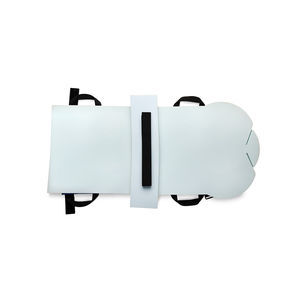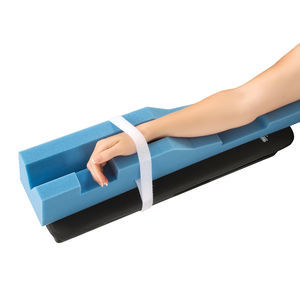
Portable air cleaner hospitaloperating room
Add to favorites
Compare this product
Characteristics
- Configuration
- portable
- Applications
- hospital, operating room
- Weight
20.4 kg
(45 lb)- Height
61 cm
(24 in)
Description
The Air Barrier System provides surgeons and risk managers a targeted tool to help mitigate surgical site infections.
Cleaner Air at the Incision
Complementary to existing air management systems, the Air Barrier System provides an additional layer of infection control for hip arthroplasty and posterior spine surgeries. Featuring a low-profile footprint in the operating room and a sterile disposable component that integrates easily into the standard workflow, the Air Barrier System has been clinically shown to help reduce airborne levels of bacteria at the surgical site.1
Increased Airborne Bacteria Lead to Surgical Site Infections
In a randomized 300 patient study published by Infection Control & Hospital Epidemiology, increased airborne bacterial concentrations at the incision site were shown to increase the incidence of implant surgical site infections after hip arthroplasty and instrumented posterior spine surgery.1
In that same study the control group (N = 146) had 4 implant SSIs while the Air Barrier System group (N = 148) had 0 implant SSIs.
AORN Recommendation
Citing two randomized clinical studies using the Air Barrier System, the AORN Guideline for Sterile Technique recommends the use of portable ultraclean unidirectional air delivery systems delivered to the surgical incision when a fixed unidirectional (laminar air flow) ultraclean air delivery system is not available or is not large enough to cover the entire sterile field.2
“High quality evidence supports the use of portable unidirectional ultraclean air delivery systems at the surgical site.”2
Catalogs
No catalogs are available for this product.
See all of Mizuho OSI‘s catalogs*Prices are pre-tax. They exclude delivery charges and customs duties and do not include additional charges for installation or activation options. Prices are indicative only and may vary by country, with changes to the cost of raw materials and exchange rates.



